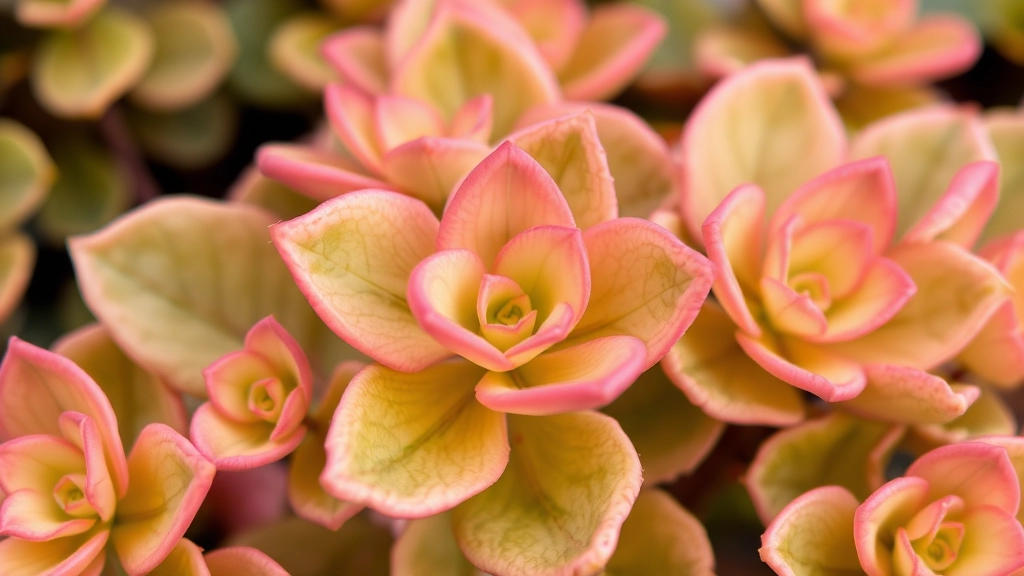Understanding Soft Kalanchoe Leaves
Ever wondered why your Kalanchoe leaves are soft? You’re not alone. Many plant enthusiasts face this issue, and it’s crucial to understand the reasons behind it. Soft Kalanchoe leaves often indicate overwatering, poor drainage, or inadequate light. By identifying these factors, you can take steps to restore your plant’s health.
Steps to Restore Your Kalanchoe
- Check Your Watering Habits: Overwatering is a common culprit. Ensure your Kalanchoe has well-draining soil and only water when the top inch is dry.
- Assess the Light Conditions: These plants thrive in bright, indirect sunlight.
Adjusting these elements can transform your soft Kalanchoe leaves back to their firm, vibrant state.
Understanding the causes of soft Kalanchoe leaves is essential for their health and vitality. Soft leaves can indicate several underlying issues, primarily related to watering practices and environmental factors. Here are the main causes:
– **Overwatering**: This is the most common reason for soft leaves. When the roots sit in waterlogged soil, they can’t absorb oxygen, leading to root rot and subsequently soft leaves.
– **Underwatering**: Surprisingly, insufficient water can also lead to soft leaves. If the plant is too dry, it may not have enough moisture to maintain its leaf structure.
– **Poor Soil Drainage**: If the soil retains too much moisture, it can create a similar effect as overwatering. Kalanchoes thrive in well-draining soil.
– **Temperature Stress**: Extreme temperatures can affect the plant’s ability to retain water. If it’s too hot or too cold, the leaves may soften as the plant struggles to adapt.
– **High Humidity**: Excessive humidity can lead to fungal issues, which can cause leaves to become soft and mushy.
– **Pests and Diseases**: Infestations or infections can weaken the plant, leading to soft leaves as they lose their structural integrity.
Identifying the root cause is crucial for reviving your Kalanchoe. For more detailed information on how to address these issues, you can refer to this [complete guide to Kalanchoe plant care](https://planthq.org/complete-guide-to-kalanchoe-plant-care/). Additionally, if you are dealing with specific problems such as black spots on the leaves, check out this [guide on how to treat black spots on Kalanchoe leaves](https://planthq.org/how-to-treat-black-spots-on-kalanchoe-leaves/).
Signs of Overwatering
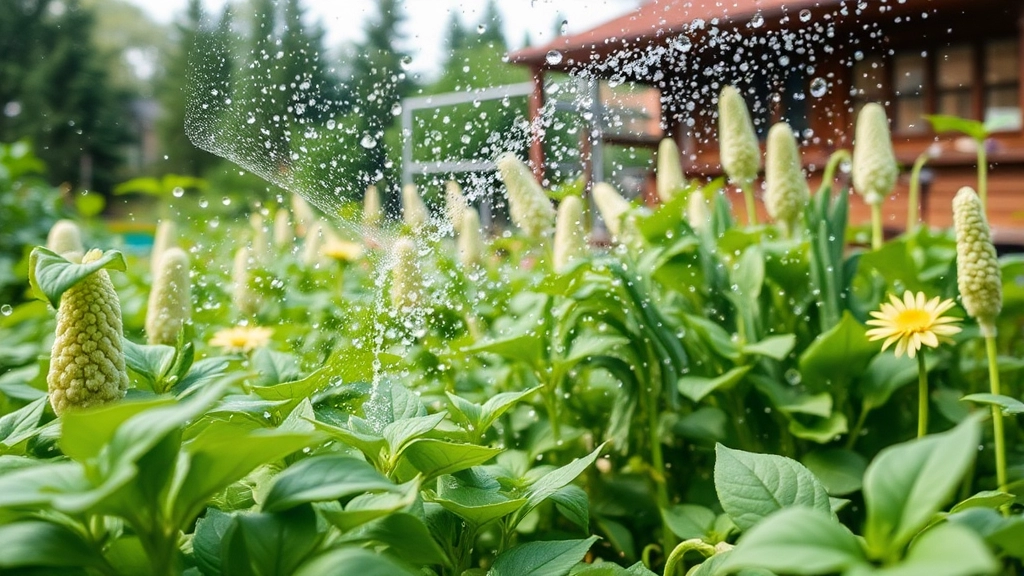
Have you ever noticed your Kalanchoe leaves going soft and mushy? You might be overwatering.
It’s a common issue, and trust me, I’ve been there.
Here are some signs that your plant is getting too much water:
- Leaf Softness: If your leaves feel squishy rather than firm, that’s a red flag.
- Yellowing Leaves: A sudden change to yellow can indicate distress from excess moisture.
- Dropping Leaves: If your Kalanchoe starts shedding leaves, it might be crying out for help.
- Mold or Mildew: A fuzzy layer on the soil surface? That’s not a good sign.
- Root Rot: If you pull up the plant and notice a foul smell or black, mushy roots, you’ve got a serious problem.
So, what can you do to fix this?
First, check your watering schedule. Kalanchoes like their soil to dry out between waterings.
Also, ensure your pot has good drainage.
If you notice any of these signs, it’s time to rethink your watering habits.
Identifying Underwatering Issues
When your Kalanchoe leaves start to soften, it’s essential to consider whether underwatering might be the culprit. Many plant enthusiasts often overlook this common issue, leading to a decline in plant health.
Signs of Underwatering:
- Wrinkled Leaves: If the leaves appear shriveled or wrinkled, it’s a clear sign they lack moisture.
- Dry Soil: Check the top inch of the soil. If it’s bone dry, your plant is likely thirsty.
- Leaf Drop: Underwatered Kalanchoes may drop leaves as a survival mechanism.
- Stunted Growth: A lack of water can halt new growth, leaving your plant looking sparse.
How to Diagnose:
- Touch Test: Gently press the soil with your finger. If it feels dry and crumbly, your Kalanchoe needs water.
- Weight Check: Lift the pot. A lighter pot indicates dry soil, while a heavier pot suggests adequate moisture.
- Time Between Watering: If you’re watering infrequently, your plant might not be getting enough hydration.
What to Do Next:
If you identify signs of underwatering, adjust your watering routine.
- Water Thoroughly: When you do water, ensure that the water seeps through the drainage holes at the bottom of the pot.
- Frequency: Monitor the soil moisture regularly to establish a consistent watering schedule.
For more detailed tips on maintaining healthy Kalanchoe plants, check out our guide on optimal sunlight and our tips for treating black spots on Kalanchoe leaves.
Effects of Poor Soil Drainage
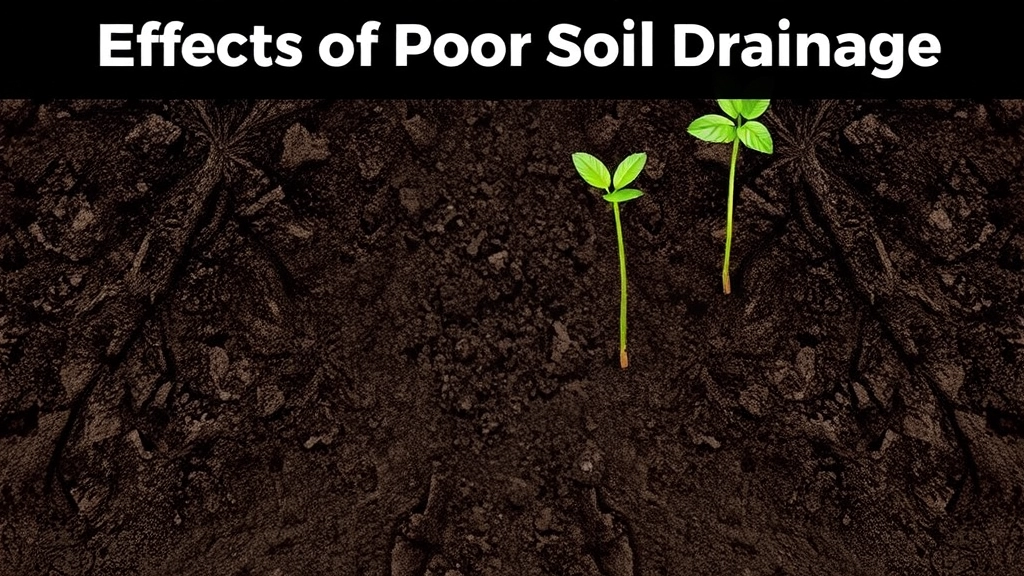
Have you ever noticed your Kalanchoe leaves turning soft and mushy?
One major culprit could be poor soil drainage.
When water cannot escape from the pot, it leads to a suffocating environment for the roots.
Here’s how poor drainage can affect your plant:
- Root Rot: Waterlogged soil creates a breeding ground for pathogens. This can lead to root rot, which is often fatal for Kalanchoe.
- Nutrient Deficiency: Excess water can leach essential nutrients from the soil, leaving your plant deprived of what it needs to thrive.
- Wilting Leaves: Paradoxically, while the soil is wet, the leaves may still appear wilted. This is due to the roots being unable to absorb water effectively.
- Foul Odour: If you notice a sour smell coming from the soil, it’s a tell-tale sign of anaerobic conditions, often linked to poor drainage.
To avoid these issues, ensure your pot has adequate drainage holes and use a well-draining soil mix.
Temperature and Humidity Factors
Are your Kalanchoe leaves looking soft and droopy? You might want to consider the temperature and humidity levels in your home.
Kalanchoe plants thrive in specific environmental conditions, and fluctuations in temperature and humidity can significantly impact their health.
Pests and Diseases Affecting Leaves
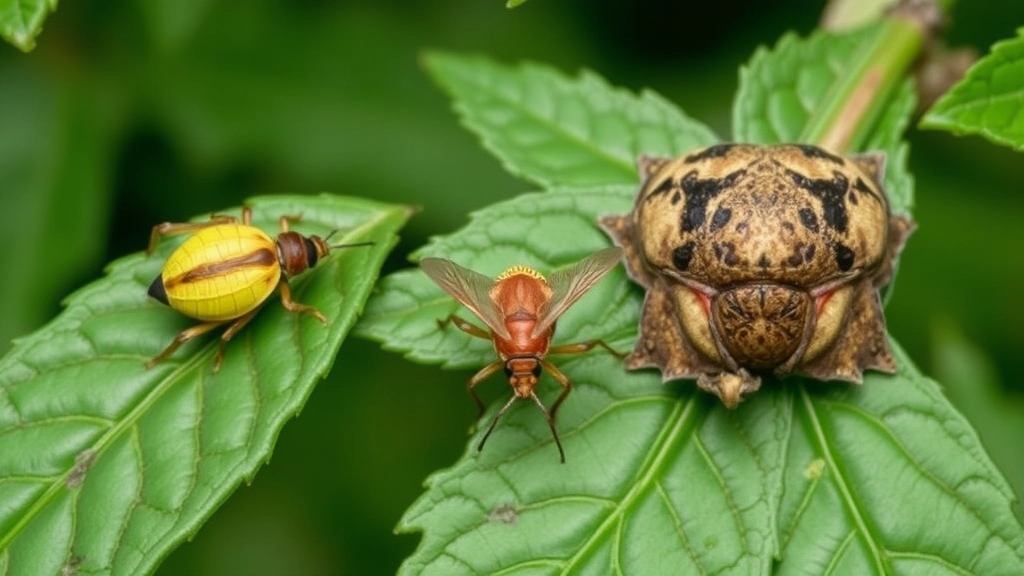
Have you noticed your Kalanchoe looking a bit worse for wear? Soft leaves can sometimes point to a pest or disease issue lurking beneath the surface.
Common Pests to Watch For:
- Aphids: These tiny green or black bugs suck the sap from your plant, leading to wilting and soft leaves.
- Mealybugs: Look for white, cotton-like spots on your leaves. They can weaken your plant significantly.
- Spider Mites: If you see tiny webs or speckled leaves, these little critters might be the cause.
Diseases That Can Affect Your Kalanchoe:
- Powdery Mildew: This fungal disease appears as a white powder on leaves, causing them to weaken and soften.
- Root Rot: Often caused by overwatering, this can lead to yellowing and mushy leaves, signalling that your plant is in trouble.
Signs to Look Out For:
- Yellowing leaves
- Sticky residue on leaves
- Webbing or cotton-like substances
Dealing with pests and diseases can feel overwhelming, but the good news is that prevention is key.
Quick Tips for Prevention:
- Regular Checks: Give your plant a once-over weekly.
- Clean Leaves: Wipe leaves with a damp cloth to remove dust and pests.
- Proper Airflow: Ensure your plant isn’t crowded; good airflow can deter pests.
Proper Watering Techniques
Are you struggling with soft Kalanchoe leaves and wondering if your watering habits are to blame?
Understanding proper watering techniques is crucial for maintaining the health of your Kalanchoe.
Here are some essential tips to ensure your plant thrives:
- Check the Soil Moisture: Always check the top inch of soil. If it feels dry, it’s time to water. If it’s still moist, hold off for a few days.
- Water Deeply but Infrequently: When you do water, ensure that you soak the soil thoroughly. This encourages deep root growth and helps prevent root rot.
- Use Well-Draining Pots: Opt for pots with drainage holes. This allows excess water to escape, preventing soggy soil.
- Choose the Right Watering Method: Water at the base of the plant rather than from above. This helps avoid wetting the leaves, which can lead to fungal issues.
- Seasonal Adjustments: During the growing season (spring and summer), your Kalanchoe will need more water. In contrast, reduce watering in the dormant months (fall and winter).
- Monitor Environmental Conditions: Factors such as humidity and temperature can affect how often you need to water. In hotter, drier conditions, you may need to water more frequently.
By following these proper watering techniques, you can help prevent soft leaves and promote a healthy, vibrant plant. For more detailed guidance, check out our ultimate care guide for Kalanchoe succulents.
Soil Requirements for Kalanchoe
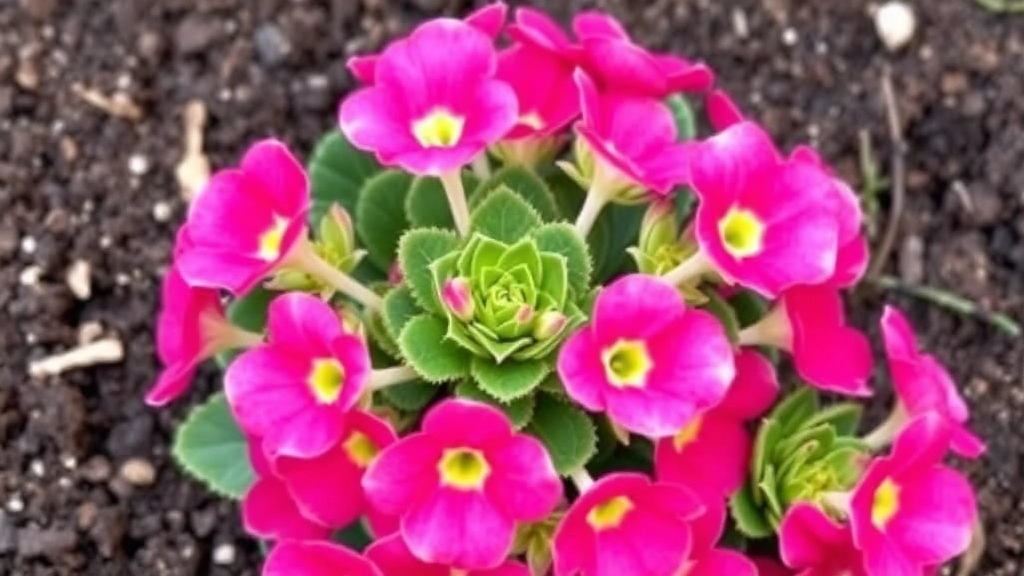
So, you’ve noticed your Kalanchoe leaves looking a bit soft, and now you’re wondering if the soil could be the culprit? You’re not alone! Choosing the right soil is crucial for keeping your Kalanchoe healthy and thriving.
What Type of Soil Does Kalanchoe Need?
Kalanchoe loves well-draining soil. Here’s what to look for:
- Cactus Mix: This is often a go-to for Kalanchoe. It’s designed to drain quickly, preventing water from sitting around the roots.
- Perlite or Pumice: Mixing these in can enhance drainage. Just a handful can make a world of difference.
- pH Level: Aim for a slightly acidic to neutral pH (around 6.0 to 7.0). This helps the plant absorb nutrients effectively.
Why Does Soil Matter?
Using the right soil is key for a few reasons:
- Prevents Root Rot: If the soil retains too much moisture, your Kalanchoe could suffer from root rot, leading to those sad, soft leaves.
- Nutrient Availability: Good soil ensures your plant gets the nutrients it needs. A poor-quality mix might not provide this.
How to Prepare the Perfect Soil Mix
If you’re feeling adventurous, you might want to create your own mix. Here’s a simple recipe:
- 2 parts potting soil
- 1 part perlite
- 1 part sand (make sure it’s coarse)
This combo offers the perfect balance of moisture retention and drainage.
When it comes to nurturing your Kalanchoe, lighting is crucial. Are your leaves soft and droopy? You might be overlooking the importance of proper light exposure.
### Optimal Light Requirements
Kalanchoe thrives in bright, indirect sunlight. Here’s what you need to know:
– **Direct Sunlight:** Too much direct sunlight can scorch the leaves.
– **Insufficient Light:** Conversely, too little light can lead to weak, leggy growth and soft leaves.
### Best Locations for Your Kalanchoe
Consider these ideal spots for your plant:
– **South or West-facing windows:** These areas provide the brightest light.
– **Filtered Light:** If you only have access to direct sunlight, use sheer curtains to diffuse the intensity.
### Signs of Inadequate Lighting
Keep an eye out for these indicators:
– **Soft, drooping leaves**
– **Leggy growth:** Stems stretching towards the light source.
– **Faded leaf colour:** Indicates the plant is not getting enough light.
### Adjusting Light Exposure
If you notice any of the above signs, consider these adjustments:
– **Move the plant closer to a light source:** Gradually increase exposure to avoid shock.
– **Rotate the pot:** This ensures all sides receive equal light.
For more detailed tips on ensuring your Kalanchoe gets the right amount of light, check out our [guide on optimal light for Kalanchoe](https://planthq.org/optimal-light-for-kalanchoe-full-sun-or-shade/). Additionally, if you’re dealing with soft leaves, you might want to read about [Kalanchoe leaf problems](https://planthq.org/kalanchoe-leaf-problems-causes-solutions-and-prevention/) to understand the causes and solutions.
Fertilization Tips for Your Kalanchoe
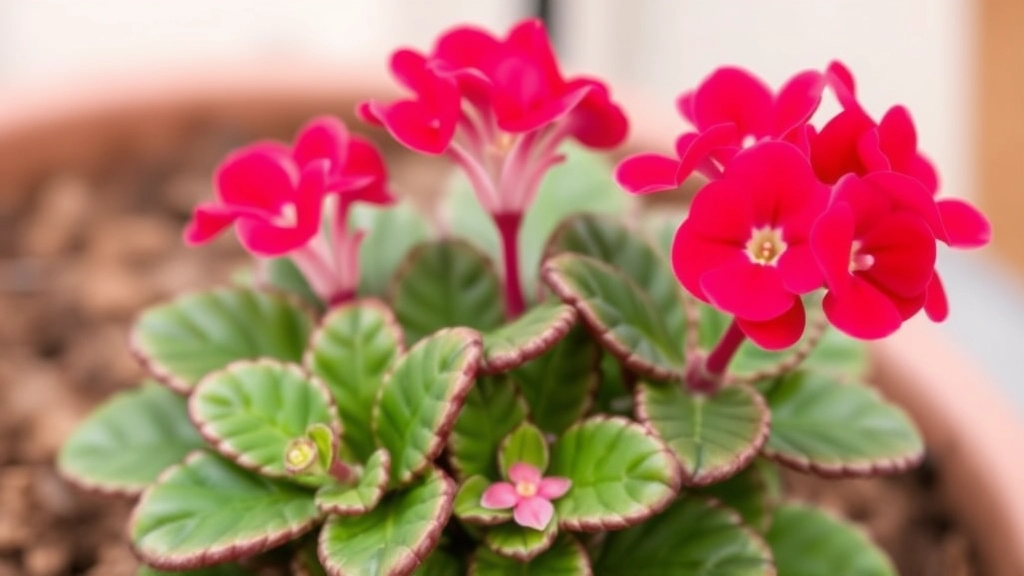
So, you’ve got those soft Kalanchoe leaves sorted, but what about keeping them vibrant and healthy? Fertilization plays a crucial role in ensuring your plant thrives.
Common Concerns:
- When should I fertilize?
- What type of fertiliser is best?
- How much do I need?
Timing is Everything
- Growing Season: Fertilize during the spring and summer when your Kalanchoe is actively growing.
- Frequency: Every 4-6 weeks is a good rule of thumb.
Choosing the Right Fertilizer
- Balanced Fertilizer: Look for a balanced formula like 10-10-10 or 20-20-20.
- Water-Soluble: A water-soluble option is easy to mix and apply.
- Cactus/Succulent Fertilizer: These are tailored for plants like Kalanchoe.
Application Tips
- Dilution: Always dilute your fertiliser to half the recommended strength.
- Watering First: Water your plant before applying fertiliser to prevent root burn.
- Even Distribution: Make sure to spread it evenly around the base, avoiding direct contact with the leaves.
Signs of Over-Fertilization
- Yellowing leaves or burnt tips? That’s a sign you might be overdoing it.
- If you notice this, flush the soil with water to help remove excess nutrients.
Pruning and Maintenance
Have you noticed your Kalanchoe leaves looking a bit soft or limp?
Pruning and maintenance are essential for keeping your plant healthy and vibrant.
Why Prune Your Kalanchoe?
Regular pruning encourages new growth and helps maintain the plant’s shape.
Here are some key reasons to consider:
- Remove Dead or Dying Leaves: This prevents disease and promotes overall health.
- Encourage Airflow: Thinning out crowded areas allows for better air circulation, reducing the risk of pests.
- Shape and Size Control: Pruning helps keep your plant manageable and aesthetically pleasing.
How to Prune Your Kalanchoe
- Use Clean, Sharp Tools: Always start with sanitized scissors or pruning shears to avoid introducing bacteria.
- Identify the Right Leaves: Focus on yellowing or damaged leaves, as well as any leggy stems.
- Cut at the Base: Trim leaves or stems back to the base, making clean cuts to promote healing.
Maintenance Tips
- Watering: Ensure you follow proper watering techniques to avoid overwatering or underwatering. For more details, check out our guide on optimal watering tips for healthy florist Kalanchoe.
- Check for Pests: Regularly inspect for signs of pests like mealybugs or aphids, and treat them promptly. Learn more about Kalanchoe leaf problems, causes, solutions, and prevention.
- Fertilization: Use a balanced fertilizer during the growing season to support healthy growth.
Reviving Soft Kalanchoe Leaves
So, your Kalanchoe leaves are looking a bit sad and soft? That’s a common worry, and I’ve been there too. But don’t fretâthere are steps you can take to breathe life back into your plant. Let’s dive into some practical tips to revive those droopy leaves.
Assess the Situation
First things first, take a close look at your plant.
- Check the soil: Is it soggy or bone dry?
- Inspect for pests: Look under the leaves for any unwanted guests.
- Examine the light: Is your Kalanchoe getting enough sunlight?
Adjust Watering Practices
Watering is key.
- If overwatered: Let the soil dry out completely before watering again.
- If underwatered: Give it a good soak until water drains from the bottom.
Improve Soil Drainage
Good drainage is crucial for Kalanchoe health.
- Repot your plant in a well-draining soil mix.
- Add perlite or sand to improve drainage if needed.
Temperature and Humidity Check
Kalanchoes love warmth but not humidity.
- Keep them in a warm spot (around 20-25°C).
- Avoid drafts or extreme temperature changes.
Light It Up
Light plays a huge role in plant health.
- Place your Kalanchoe in bright, indirect sunlight.
- Rotate the pot every few weeks for even growth.
Fertilization
A little boost can make a world of difference.
- Use a balanced, diluted fertilizer during the growing season.
- Feed every 4-6 weeks to keep your plant thriving.
Pruning for Growth
Sometimes, a little snip can help.
- Trim off any dead or mushy leaves.
- Encourage new growth and improve air circulation.
Patience is Key
Reviving soft Kalanchoe leaves takes time. Keep an eye on your plant and be patient. In a few weeks, you should see some improvement.
FAQs About Kalanchoe Leaves Turning Soft
Why are my Kalanchoe leaves soft and mushy?
Soft and mushy leaves on a Kalanchoe plant are typically a sign of overwatering. Ensure that the soil dries out between waterings and that the pot has proper drainage.
What are the signs of overwatering in Kalanchoe plants?
Signs of overwatering include leaf softness, yellowing leaves, dropping leaves, mold or mildew on the soil, and root rot. If you notice any of these symptoms, you should adjust your watering habits immediately.
How can poor soil drainage affect my Kalanchoe?
Poor soil drainage can lead to root rot, nutrient deficiency, wilting leaves, and a foul odor from the soil. To prevent these issues, use a well-draining soil mix and ensure your pot has adequate drainage holes.
What pests and diseases should I watch out for?
Common pests include aphids, mealybugs, and spider mites. Diseases that may affect Kalanchoe include powdery mildew and root rot. Regular checks and proper plant care can help prevent these issues.
What type of soil should I use for my Kalanchoe?
Kalanchoe plants thrive in well-draining soil. A cactus mix, enhanced with perlite or pumice, is ideal. Aim for a slightly acidic to neutral pH level (around 6.0 to 7.0).
How often should I fertilize my Kalanchoe?
Fertilize your Kalanchoe during the growing season (spring and summer) every 4-6 weeks. Use a balanced, water-soluble fertilizer and dilute it to half the recommended strength.
What should I do if I suspect over-fertilization?
If you notice yellowing leaves or burnt tips, you might be over-fertilizing. Flush the soil with water to remove excess nutrients and adjust your fertilization schedule accordingly.
How can I prevent pests and diseases in my Kalanchoe?
Regularly check your plant, clean the leaves with a damp cloth, and ensure proper airflow around the plant. These steps can help deter pests and prevent diseases.
Can I create my own soil mix for Kalanchoe?
Yes, you can create your own soil mix. A simple recipe includes 2 parts potting soil, 1 part perlite, and 1 part coarse sand. This mix offers a good balance of moisture retention and drainage.
Why is soil quality important for Kalanchoe plants?
Good soil quality is crucial for preventing root rot and ensuring nutrient availability. Poor-quality soil may retain too much moisture or lack essential nutrients, leading to health issues in your Kalanchoe.
References
-
Why Are My Kalanchoe Leaves Turning Yellow?
-
How to Care for Kalanchoe and Avoid Overwatering
-
Kalanchoe: Plant Care and Growing Guide
